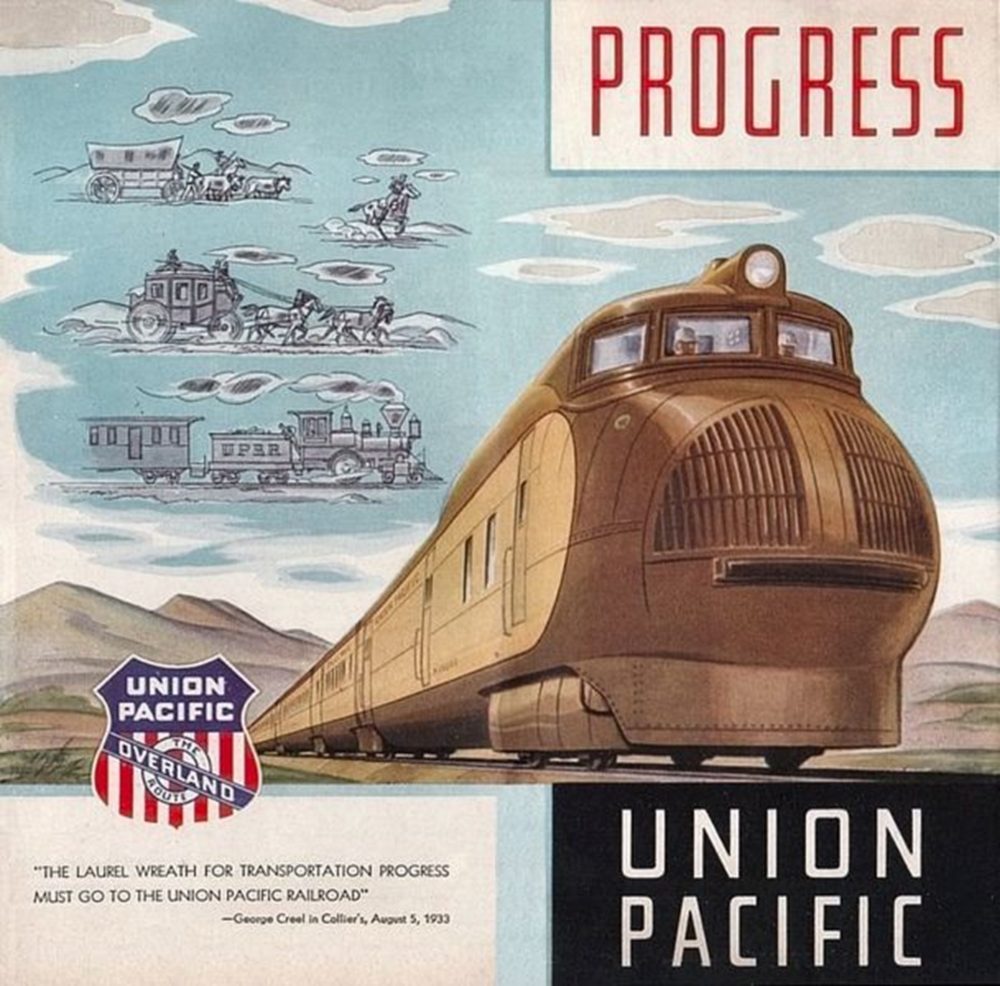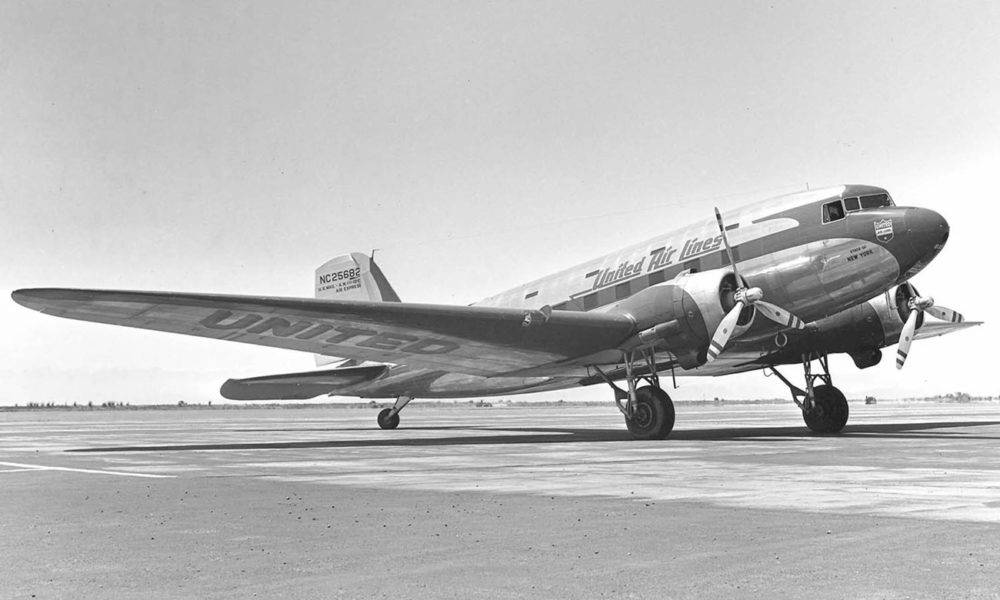During the roaring 20s, when Art Deco reigned supreme, opulence and grandeur were common parts of Art Deco architecture. However, when the great depression hit, the times called for a more simplified style. Architects, designers, and artists everywhere took inspiration from aerodynamics, creating designs that had lines that flowed like airstreams. Sometimes this was for actual aerodynamics; airplanes in this era began to look like the optimized vehicles we know today. With other vehicles, like trains, this was a combination of a sense of style and practicality. In building design, it was just style.
But overall, when many people think of Art Deco, this is a large part of what they think of. It persisted until the end of World War II, after which it began to be replaced by Mid-Century Modern. The influence of Streamline Moderne is easy to see in Mid-Century Modern. Smooth, unadorned surfaces are common in both, metal and glass are common materials. Chrome, especially on vehicles like airplanes, persisted for decades past WWII. Long swooping lines can be found in some Mid-Century Modern designs, but the use of entirely streamlined shapes died with Streamline Modern.
There were many players in the movement, so I’ll highlight a few in the pictures to come.
Trains: At the 1934 Chicago World’s Fair, “A Century of Progress”, two new groundbreaking designs were unveiled. Arriving dramatically on stage after a “Dawn-To-Dusk Dash” from Denver to Chicago, the Chicago, Burlington and Quincy Railroad’s Burlington Zephyr stunned the public with both its groundbreaking speed record and new design. Clad all in chrome, the Burlington Zephyr was made of clean lines and glass, and would eventually go on to successful revenue service.

Credit: Flickr/Steve Wilson (CC BY 2.0)
Also debuting at the worlds fair was Union Pacific’s M10000 streamliner. Its striking design debuted Union Pacific’s famous Canary/Armour Yellow that persists to today.

Credit: Union Pacific, 1935
Both of these trains were diesel locomotives, but in the days of Streamliners steam was still very much a player. Shown below is the Baltimore and Ohio Royal Blue, a steam locomotive that very clearly highlights the clean lines indicative of the style.

Otto Perry photo (public access, part of the Denver Public Library), Colorized by Patty Allison
Planes: A somewhat obvious example of the style can be found in airplanes, showcased by the statured DC-3 shown below. Airplane design was beginning to pick up as the industry matured, and aerodynamics began to be a major field of study. This is perhaps one of the only types of example where the style could be said to persist today: airplane designers have more incentive than ever to make their planes efficient, so aerodynamic design is still going strong. There isn’t as much difference between the DC-3 of the 1930s and today as there are in say, train design.
To some, the plane below may seem contemporary, but I assure you, its aerodynamic design is Streamline Moderne. It’s just that the aerodynamic design that led to Streamline Moderne is also the same design philosophy that has pushed airplane design forward all the way to the modern day.

Credit: Bill Larkins
Architecture: Streamline Modern had some influence in architecture too. Many buildings in this style emulate the planes, trains, and boats that used this style (In France the style is called Paquebot (cruise ship) after the cruise liner Normandie), to the point where some designs take features wholesale from those vehicles.
For instance, the Coca-Cola bottling plant below has porthole-type windows directly lifted from ships.

Coca-Cola Bottling Plant, Los Angeles, CA, Robert V. Derrah, 1939. Part of the Carol M. Highsmith Archive collection at the Library of Congress.
Other designs, like the design of the Pan-Pacific Auditorium shown below, don’t emulate vehicles as much, but their lines and swooping features can clearly be seen.

The Pan Pacific Auditorium, Los Angeles, Wurdeman & Becket, 1935. Photo by Bob D’Olivo, collection part of the Petersen Museum
I find Streamline Modern to be very striking in architecture, even though I was introduced to it through vehicles. In many senses it has influenced my design tastes today.
Sources:

2 Comments. Leave new
I love art deco, especially since it reminds me a lot of Fallout 3 and especially Fallout 4. Is it me, or does the plane almost seem like it doesn’t fit? I mean, it’s objectively art deco, but something about it seems…contemporary, like it’s not really a thing of the past, but something that can pass as modern.
It definitely does Josh. The DC-3 was the first “modern” airliner, and it definitely feels modern. You can still seem them flying today in some places. To me, its that the aerodynamic design that led to Streamline Moderne is still in use to further develop planes; modern planes and old ones from this era don’t look that dissimilar. But that’s just my perspective, I’m not sure exactly.